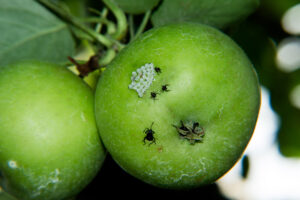
WNC Orchard Insect Pest Populations - August 15, 2023
Based on the degree-day model, emergence of the brown marmorated stink bug is underway in most areas, with DD …



El inglés es el idioma de control de esta página. En la medida en que haya algún conflicto entre la traducción al inglés y la traducción, el inglés prevalece.
Al hacer clic en el enlace de traducción se activa un servicio de traducción gratuito para convertir la página al español. Al igual que con cualquier traducción por Internet, la conversión no es sensible al contexto y puede que no traduzca el texto en su significado original. NC State Extension no garantiza la exactitud del texto traducido. Por favor, tenga en cuenta que algunas aplicaciones y/o servicios pueden no funcionar como se espera cuando se traducen.
Inglês é o idioma de controle desta página. Na medida que haja algum conflito entre o texto original em Inglês e a tradução, o Inglês prevalece.
Ao clicar no link de tradução, um serviço gratuito de tradução será ativado para converter a página para o Português. Como em qualquer tradução pela internet, a conversão não é sensivel ao contexto e pode não ocorrer a tradução para o significado orginal. O serviço de Extensão da Carolina do Norte (NC State Extension) não garante a exatidão do texto traduzido. Por favor, observe que algumas funções ou serviços podem não funcionar como esperado após a tradução.
English is the controlling language of this page. To the extent there is any conflict between the English text and the translation, English controls.
Clicking on the translation link activates a free translation service to convert the page to Spanish. As with any Internet translation, the conversion is not context-sensitive and may not translate the text to its original meaning. NC State Extension does not guarantee the accuracy of the translated text. Please note that some applications and/or services may not function as expected when translated.
Collapse ▲
Based on the degree-day model, emergence of the brown marmorated stink bug is underway in most areas, with DD …
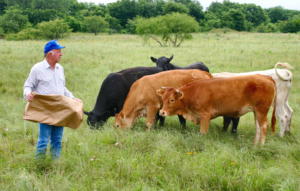
As livestock producers and farmers in general we spend a lot of time out in the same environment as a …
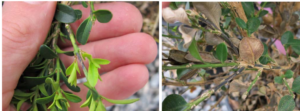
Problems with your boxwoods? You are not alone. In fact, I’ve received several calls recently abut boxwoods that have …

What home gardening programs/workshops would you like to see offered through the N.C. Cooperative Extension, Swain County Center in …
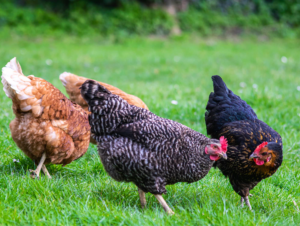
Our next Backyard Flock Series will be about reportable diseases. Dr. Rebecca Mansell, Director of Poultry Health Programs for …
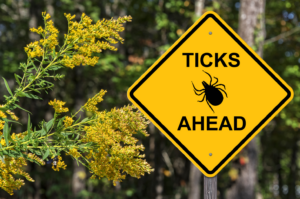
The great outdoors is nowhere more beautiful than here in Western NC. It beckons like the siren’s call and there …

Thank you to everyone that participated in the “Hatch Butterflies” program when 4-H Embryology took a break due to …
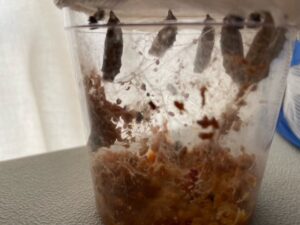
When 4-H Embryology was cancelled due to Highly Pathogenic Avian Influenza on April 5, 2022, Liz Driscoll, 4-H Horticulture …

Do you have pesticides at your home, business or farm that you no longer need or use? If your …
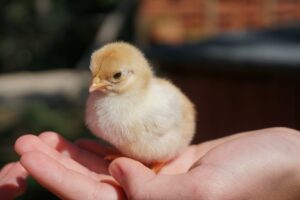
If you are a 4-H agent or Program Assistant who will hatch out chicks with 4-H Embryology, please join …
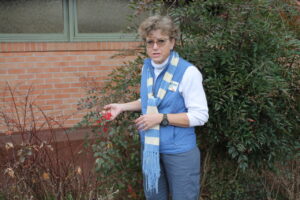
Article written by: Jessica Webb, The Smoky Mountain Times editor@thesmokymountaintimes.com The first thing Minda Daughtry, the new horticulture agent for the …
Youth Flock Owners: Please read the latest update from the North Carolina Department of Agriculture and Consumer Services released on …
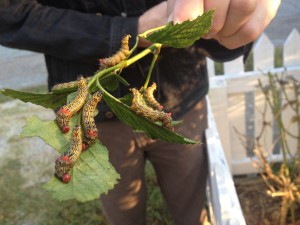
Every fall around this time, I start to recieve calls about caterpillars feeding on blueberries and sometimes blackberries and …
In light of the wet weather and the forecast of more wet weather and a possible tropical storm next …
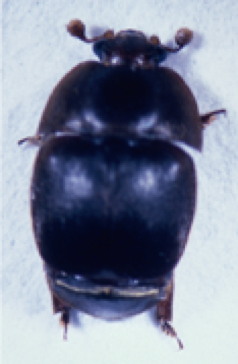
This factsheet describes the small hive beetle, its life cycle and how to prevent infestations …
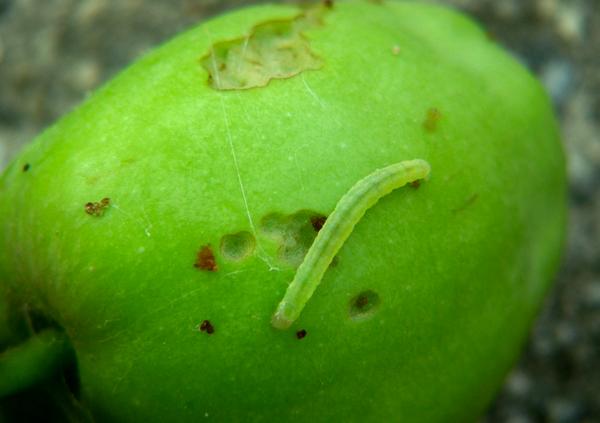
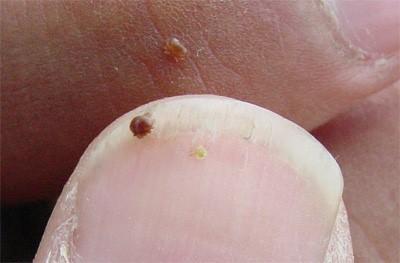
It is the goal of every beekeeper to maintain healthy, productive colonies. This can only …

This manual prepares pesticide applicators for Forest Pest Control Certification exams in the following states: …
To apply restricted-use pesticides to agricultural commodities, you must be certified or be supervised by …

This factsheet offers information on the biology and management of the emerald ash borer, an …

Black root rot impacts a range of woody and herbaceous ornamental plant species primarily in …
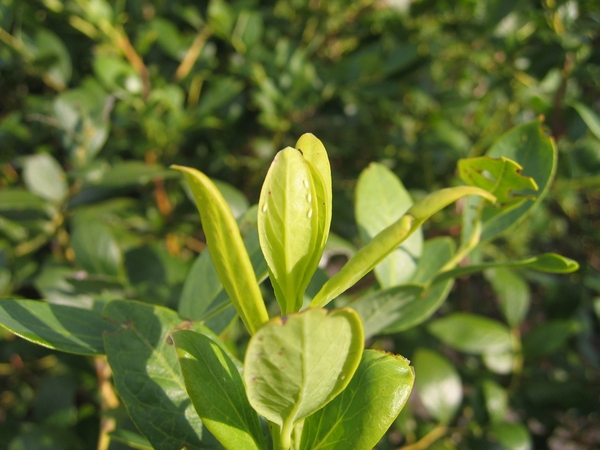
Whiteflies (Hemiptera: Aleyrodidae) are small (< 0.12 inch) and highly diverse insects that feed on …